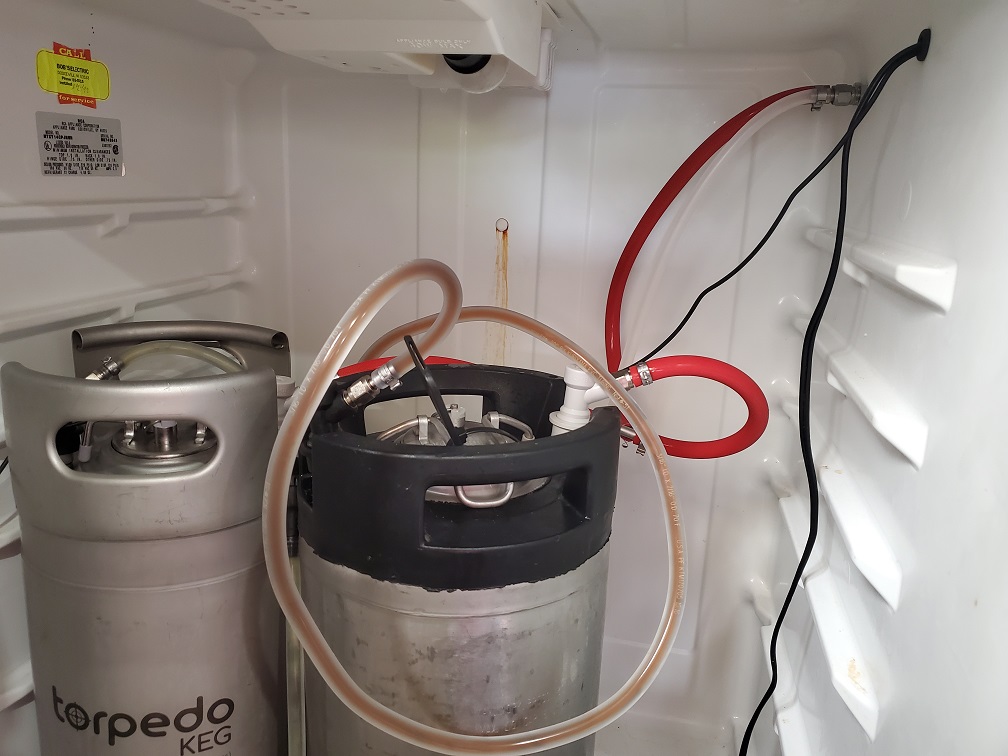Dent Arthur Dent
Member
CO2 is getting harder for me to get right now, and with the Brewers Association posing about a potential CO2 shortfall, I'm starting to think long and hard about alternative methods of dispensing a keg. And, rather than do this in isolation, I thought I'd post my current idea and see if anyone else has any bright ideas.
Like most people with a kegerator, I have more kegs than I technically need to keep my taps running. I've also got a few spare parts around. I'm thinking about rigging a gas line between two kegs with a regulator from the outside of the kegerator to the inside, and keeping a pet yeast in one of the kegs. The kegs are rated to 60 psi, so even if I overdo it a little, I should be able to keep it safe and dispense a keg. Won't be the cleanest CO2, but any port in a storm, you know?
Like most people with a kegerator, I have more kegs than I technically need to keep my taps running. I've also got a few spare parts around. I'm thinking about rigging a gas line between two kegs with a regulator from the outside of the kegerator to the inside, and keeping a pet yeast in one of the kegs. The kegs are rated to 60 psi, so even if I overdo it a little, I should be able to keep it safe and dispense a keg. Won't be the cleanest CO2, but any port in a storm, you know?




